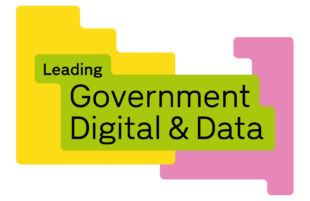I posted recently about the basics of the recruitment process, I wanted to follow that up with a brief look at how you build a recruitment strategy.
Preparing for the recruitment process
A vacancy emerges when someone leaves or the requirements of your team change. When a team member resigns or moves to a different department you may be under pressure to fill the post quickly.
Using an old job description or an out-of-date person specification will not save time; rushing into things will only lead to poor decisions. Taking the time at the beginning of the process to plan properly will save you a lot more time later on.
Developing an accurate description of the role and type of person needed to do it (usually coupled in one document referred to as the job description) will help you determine how the responsibilities of the role will fit with your existing team as well as what skills, experience and competencies to focus on during the selection process.
Sourcing candidates effectively
The aim of recruitment sourcing is to attract a pool of suitable candidates for your vacancy. You might use any, or a combination of the following:
- direct sourcing
- an online advert on specialist sites
- social media
- word of mouth or employee referrals
- conferences or networking events
- print media
- a recruitment agency or head-hunting service
Ensuring a positive candidate experience
Recruitment is a two-way process, in that candidates will be assessing both you and your organisation, as much as you are assessing them. Individuals can choose to remove themselves from the process at any time. You have an important role to play in giving them a realistic overview of the job, the working environment in your team and your organisation’s culture to try and attract them to you. This is even more important if you are recruiting in a highly competitive candidate-driven market such as digital and tech.
You can help to create a positive candidate experience by:
- providing information about the job, team and the organisation
- responding to candidate enquiries and applications quickly and courteously
- ensuring that candidates don’t spend a disproportionate amount of time and effort applying for the role e.g. try not to use an overly complex application form or a excessive selection procedures
- familiarising yourself with each application and asking specific, relevant questions
- providing accurate, timely feedback after the selection process is completed
Using a variety of selection methods
The aim of the selection process is to determine the most suitable candidate(s) for your vacancy. There are a range of methods available to help you do this, including:
- an initial screening of CVs and applications (these could include portfolios, demos or answers to pre-set application questions)
- skills and/or competency based interviews
- specialist tasks or work sampling (e.g. coding tasks or preparing presentations)
- psychometric, aptitude or group assessments
- assessment centres where a combination of the above selection techniques can be used
Interviews are a very popular method of selection. However, it is important to be aware that poorly planned interviews and a lack of interviewing skills can reduce their overall effectiveness.
You can improve your interviewing abilities by:
- meeting with the panel members beforehand to prepare and plan
- explaining the format of the interview to the candidate up front
- asking a combination of relevant skill and competency based questions and probing questions to gather information
- using reflective and closed questions to confirm facts and clarify understanding of key points
- giving the candidate an opportunity to ask questions about the role, your team and the wider organisation
- explaining the next steps in the selection process, and when the candidate can expect to hear your decision.
The next post in this series will be explore how to turn vacancies into attractive opportunities.
ZeShaan Shamsi is the Head of GDS Recruitment. Follow him on twitter.

